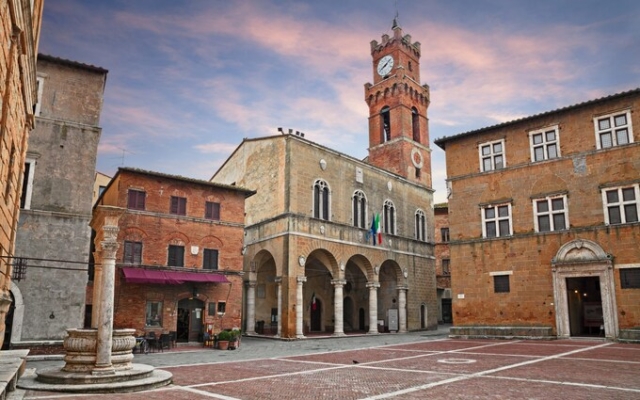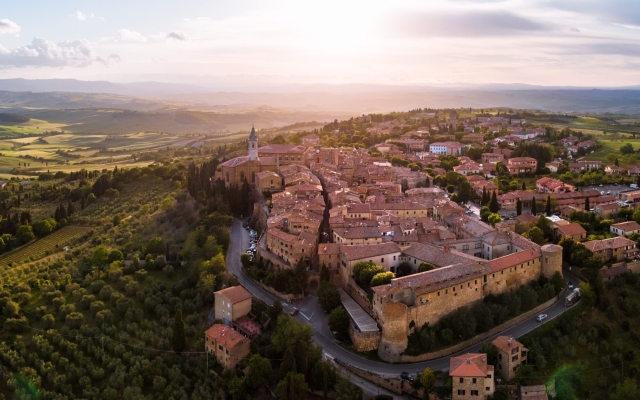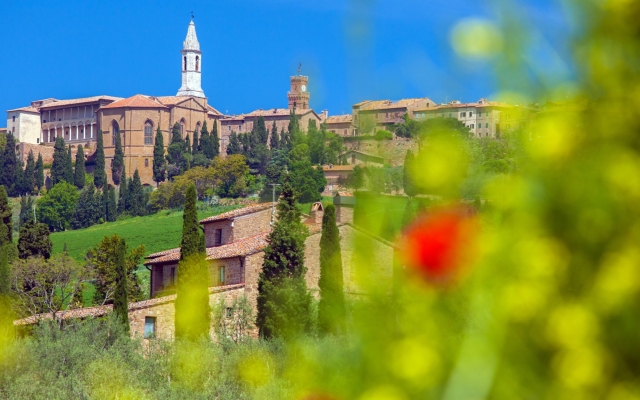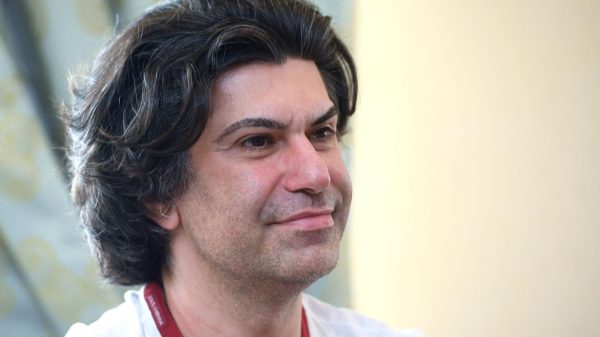 The clock tower's bells chimed every 30 minutes, marking the procession of day and night. Photo: ermess/iStockphoto < p>Alarmed locals blame sleep deprived tourists for silencing Italy's historic clock tower, claiming they can't sleep without its bells ringing.
The clock tower's bells chimed every 30 minutes, marking the procession of day and night. Photo: ermess/iStockphoto < p>Alarmed locals blame sleep deprived tourists for silencing Italy's historic clock tower, claiming they can't sleep without its bells ringing.
The centuries-old tower in Pienza , a Renaissance gem south of Siena , will be silent from 10 pm to 7 am due to complaints from foreign guests staying in nearby hotels and guesthouses.
Historically, its bells chimed every 30 minutes to mark the procession day and night.
Many of the complaints are reportedly coming from American tourists, who are more likely to be trying to recover from jet lag than their British and European counterparts.
The problem is especially acute in the summer – not only are there more tourists in the city, but the windows are open to try and catch a breeze in the many homes that don't have air conditioning.
 Many residents of the city are unhappy with this decision, saying that the ringing of bells is part of the structure of Pienza. Photo: Matteo Colombo/Digital Vision
Many residents of the city are unhappy with this decision, saying that the ringing of bells is part of the structure of Pienza. Photo: Matteo Colombo/Digital Vision
“We have received complaints from several owners of B&Bs,” said Manolo Garosi, mayor of Pienza.
He said: “They were mostly from houses located near the main square and so close to the belfry.”
Mr. Garosi defended the silence of the bells, saying that the step was unlikely Lee was unprecedented.
“We are not the only ones who have done this. They did the same in other cities where there are bell towers,” he said.
There were similar problems in France: foreign tourists complained about church bells, cock crows, cicadas buzzing and other sounds that are part of rural life.
But among the 2,000 people living in Pienza, many are unhappy with the decision. They say that the ringing of bells is part of the fabric of the city.
Some complain that they are so used to the ringing of bells at night that they can no longer sleep peacefully because they find the newfound silence unsettling.
 Pienza has been a UNESCO World Heritage Site since 1996. Photo: Peter Zelei Images/Moment Open
Pienza has been a UNESCO World Heritage Site since 1996. Photo: Peter Zelei Images/Moment Open
Located in the picturesque Val d'Orcia in southern Tuscany, the city is an architectural time capsule and was used in the filming of Franco Zeffirelli's Romeo and Juliet.
It was originally known as Corsignano but was renamed after Pope Pius. II began to transform the site in the 15th century, implementing the concepts of Renaissance urban planning.
Pope Pius was born in the city, and after its reconstruction, the city was renamed Pienza in his honor.< /p>
Since 1996, it has been listed as a UNESCO World Heritage Site.
«Pius II's plan to transform the city into his summer court involved the construction or renovation of about 40 buildings, public and private, which further transformed the medieval city into a creation Italian Renaissance,” says the UNESCO list.























































Свежие комментарии